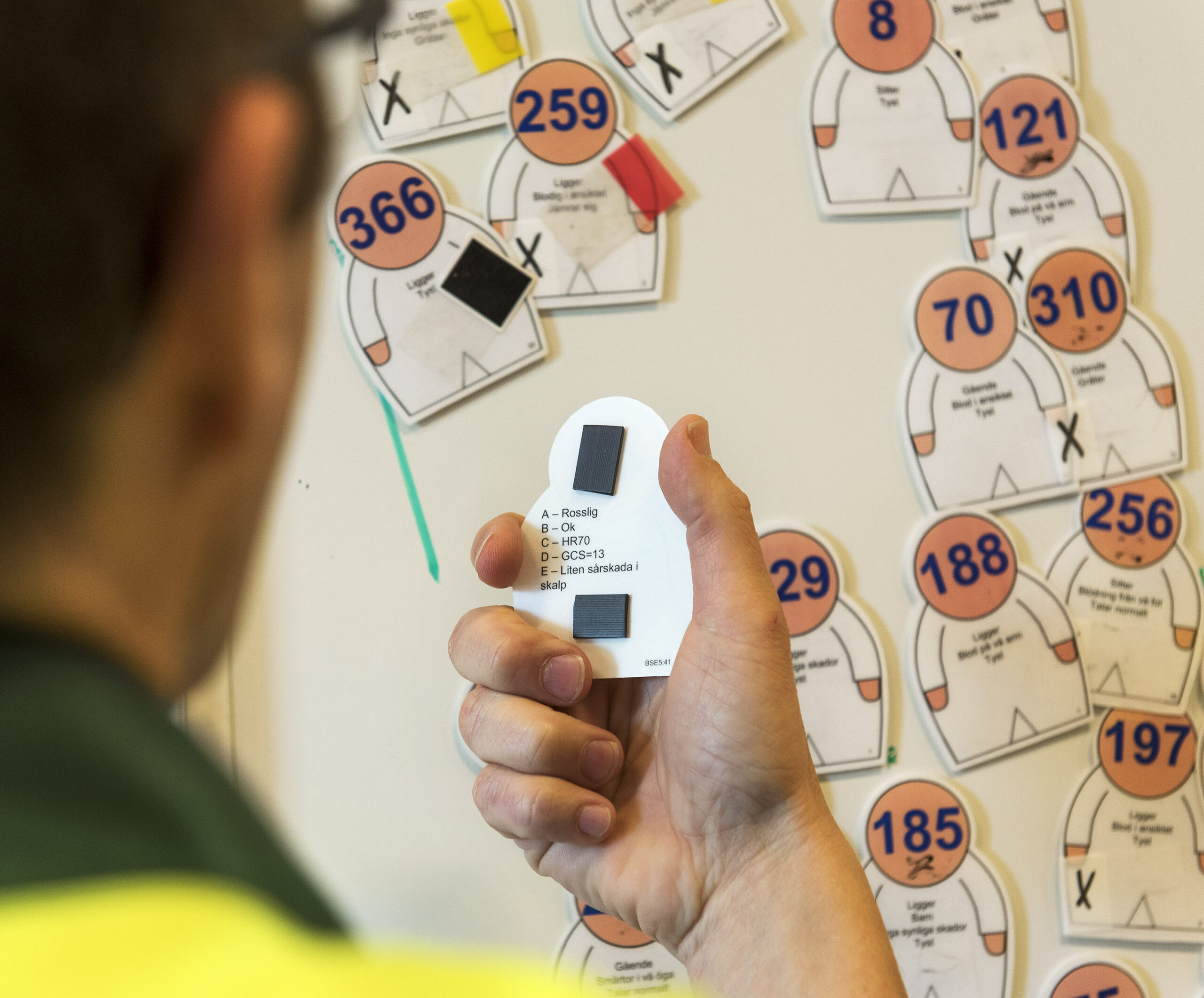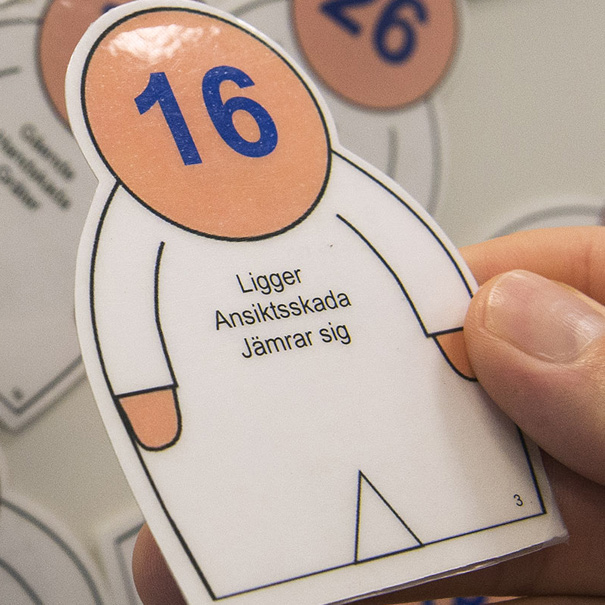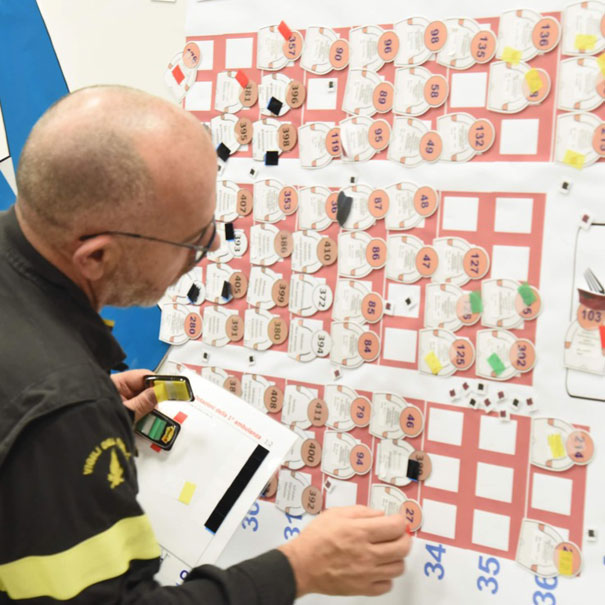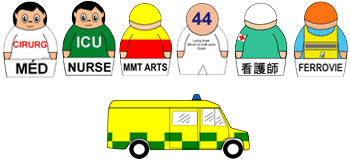
Welcome to Emergo Train System
Emergo Train System (ETS) is a simulation system used for education and training in emergency and disaster management. It is used worldwide and can test and evaluate your incident command system, disaster preparedness, the effect on the medical management system and resilience within your organization.

ETS meeting at the WADEM congress
An ETS meeting with ETS instructors was held at the WADEM conference in Tokyo May 3
About ETS training material
Read more about the ETS training material and how it is used
Register on the ETS website
News
ETS Senior instructor course
Get our newsletter
Stay in the loop with everything you need to know.
Get in touch with Emergo
Do you have questions about the ETS training material, courses or want to book a meeting with us by Zoom for discussion about ETS? Please fill out the form and we will get back to you!
"*" indicates required fields


Keywords: disaster, management, triage, trauma, simulation, evaluation, patient outcome, performance indicators, surge capacity, exercises, command and control, emergency, liasion, health care, rescue, police, ambulance, resource coordination, major incident
ETS was developed and is administrated at the KMC
ETS was developed and is administrated at the KMC – Centre for Teaching and Research in Disaster Medicine and Traumatology in Linköping, Sweden in collboration with Linköping University.
ETS is a validated system and is being continuously developed in association with other universities, subject matter experts, ETS faculties and Senior instructors.
The core of the system is based on actual research within different areas associated with crisis and disaster management.


Emergo Train System (ETS)
is a simulation system used for education and training in emergency and disaster management.
ETS is owned by the Region Östergötland, a regional governmental health care provider in Sweden. ETS is administrated by the ETS Competence center at KMC – Centre for Teaching & Research in Disaster Medicine and Traumatology.
ETS is used by Senior instructors in different countries. ETS is a training concept in association with 13 Educator faculties and more than 3 100 ETS Senior instructors from over 49 nationalities have been certified (June 2025).